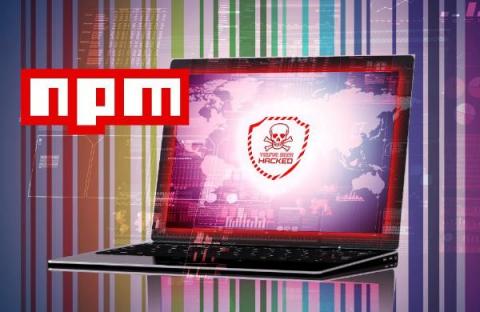RSA 2022-What a Week!
After two years of virtual events, the Mend team was beyond excited to gather in San Francisco’s Moscone Center and connect with the tech community face to face. This year’s theme was ‘transformation,’ which couldn’t be more appropriate for us as we unveiled our new company name and integrated application security platform with automated remediation for SCA and SAST.









